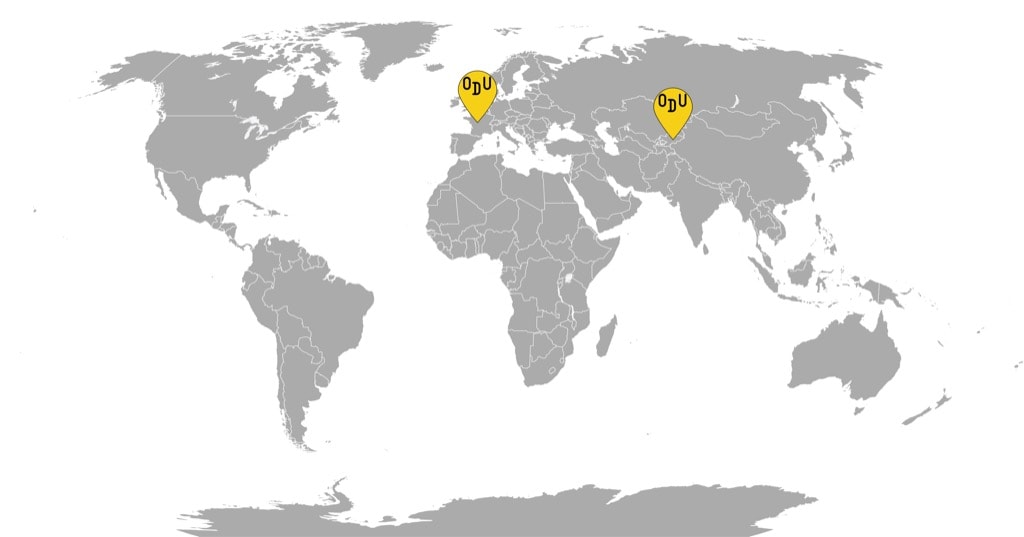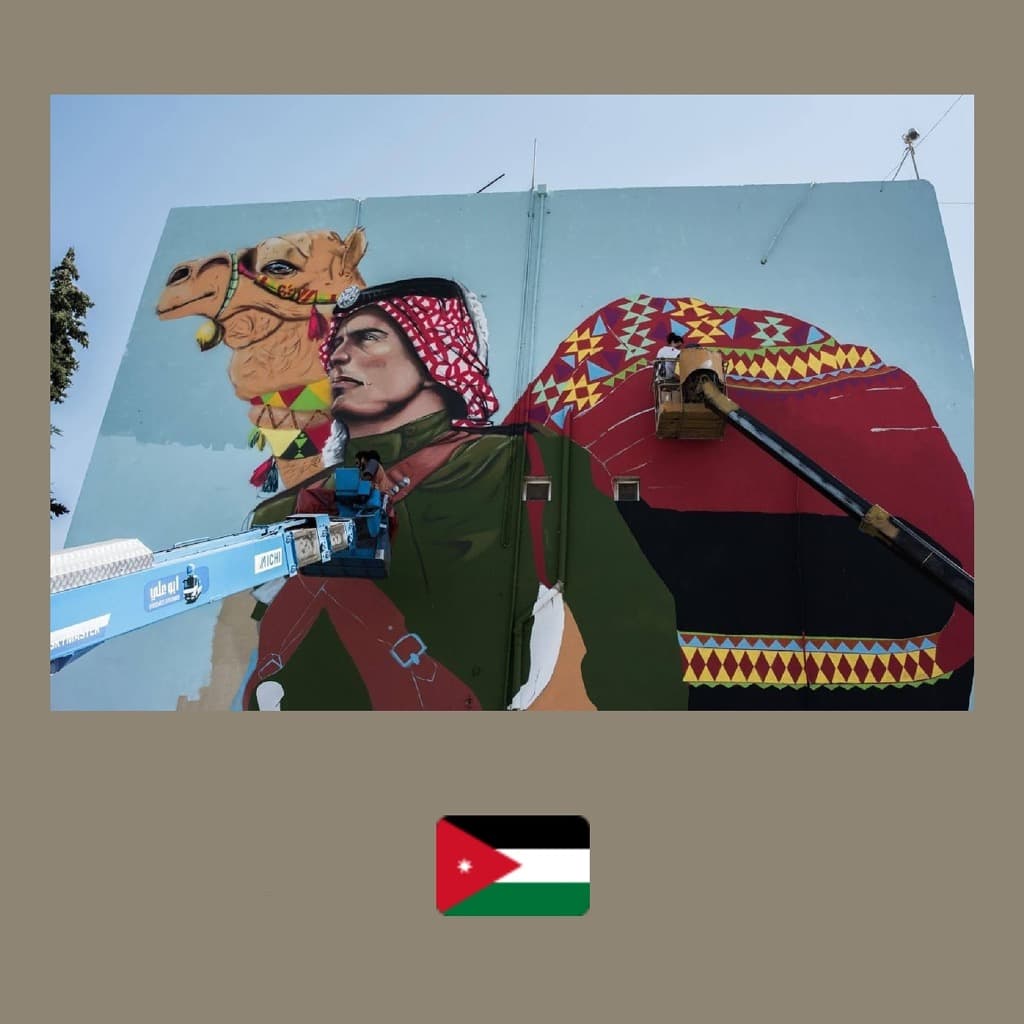Ethnography meets experimental film in a stunning, sprawling study of Kyrgyz femininity and its relationship to the culture’s defining novella about a rebellious woman



FROM KYRGYZSTAN and FRANCE
WHAT IT’S ABOUT: Chinghiz Aitmatov’s novella “Jamila” came out in 1958 and became a revolutionary portrayal of a Kyrgyz woman, who despite the strict morals of her society decided to leave her marriage after falling in love with another man. French filmmaker Aminatou Echard decided to investigate how the novella influenced the Kyrgyz society in half a century since its’ publication. Comprising of striking Super 8 imagery filmed on location, along with interviews with Kyrgyz women from different classes, ages, and backgrounds, “Jamilia” the film is a fascinating survey of womanhood of a country in which the strive for feminism and gender equality cohabitates with the patriarchal tradition.
WHO MADE IT: Aminatou Echard is a French filmmaker, artist, and ethnomusicologist whose foremost interest lies in the relationship between spaces and people. She had worked in Bolivia, before embarking on a journey to Central Asia, where she collected Super 8 footage and audio. The films that she has assembled with them, inventively marrying sight and sound, are experimental essays on Kazakhstan, Kyrgyzstan, and Uzbekistan, of which “Jamilia” is the longest and most ambitious project to date. Echard became interested in the concept of Kyrgyz femininity after reading Aitmatov’s novel, but was able to experience it first hand when trying to find a woman to play Jamilia in her earlier film, “Broadway.” So many women saw themselves in Jamilia, no matter their age, background, or social status, that Echard was tempted to dedicate a feature to the resounding chorus of all the Jamilias she’d encountered.
The women featured in the film are a diverse bunch. From homemakers, who, like the book protagonist, live with their husbands’ families, to unmarried women prioritizing their careers to family life. There are some musicians featured,
Mambet kyzy Kanaim and Suiumkain Raiymbekova, but they might be amateur ones or not known outside of Kyrgyzstan, because we were not able to find any information online. But some of the most striking characters in the film, Zhanna Zharmatova and Aisalkyn kyzy Baktygul, who are both organizers and members of Girls Activists of Kyrgyzstan, have an extensive online presence. You can check out Boktukorgon, the zine that the organization publishes: it’s a remarkable online publication that covers subjects such as sex, religion, vegetarianism, and queerness for a teenage audience that speaks Russian or Kyrgyz.
The author of “Jamila” the book, Chingiz Aitmatov was a Kyrgyz writer whose lifespan covered the transformation of Kyrgyzstan, already a Russian colony at the time of the 1917 revolution, into a Soviet republic and its Russification, as well as post-Soviet independence and return to Kyrgyz roots. In his diverse body of work, Aitmatov took forays into realism, adapted Kyrgyz folklore, and even experimented in science fiction: he remains the leading literary figure of Kyrgyz culture.
WHY DO WE CARE: The idea behind “Jamilia” is so ingenious yet simple, that it’s hard not to wish for similar projects recreated in other countries. Wouldn’t it be nice to see how a particular cultural benchmark always anchors local versions of femininity and their evolutions? But it’s Kyrgyzstan precisely that offers a perfect setting for the project. First off, as a smaller country with a little over 6 million residents (less than the population of New York City), it’s a subject that’s easier to wrangle than, say, neighboring Russia, in any anthropological pursuit. And the fact that Chingiz Aitmatov, a somewhat contemporary writer, looms over the cultural horizon and is familiar to every single woman, regardless of education status, helps. I would be hard-pressed to be able to pinpoint a similarly universally recognized female character as Jamila in the cultures of larger countries. Perhaps Pushkin’s Tatiana or Anna Karenina in Russia? The March sisters in the US? Emma Bovary in France? Yet, all of them are heroines whose relatability is limited due to the epochs in which they existed, and, most importantly, their class limitations. Even though it seems like Hollywood is ready to stamp out a new version of the “Little Women” to reflect the feminist anxieties of each decade, there’s little intersectionality about it. But as it’s evident in Echard’s film, there is no position of society from which a Kyrgyz woman would not draw parallels between her own life and that of Jamila, recognizing the empowerment, rejecting the folly, or being split on the various contentious points.
WHY YOU NEED TO WATCH: Written by a man, the novella “Jamila” is, nonetheless, a nuanced, thoughtful act of feminism. Aitmatov didn’t try to invade the body and mind of a woman for the narrative, instead choosing to relay the events through the point of view of Seit, Jamila’s adolescent brother-in-law. This respectful distance is a masterclass in an ally’s artistic work. The further removal that Echard, a woman, but foreign, further broadens the angle, but allows for an even more thorough exploration of the Kyrgyz society. A society that, it’s worth noting, has been historically blessed with compelling female protagonists, such as Saikal, the nomad warrior, and Kurmanjan Datka, the colonized but unbroken ruler. And even though “Jamila” the book had been previously, and quite faithfully, adapted for the screen, it’s Echard’s film, as experimentally detached from the novella’s plot as it is, that became a perfect cinematographic version of the narrative. Even though the book is a plot device that brings together all the women protagonists in the film, it also fades away as the women’s voices and stories unravel. The novella’s Jamila’s daring was a fierce rebuttal of the moral code, both of the 1950s, when it was published, and the 1940s in which it was set. But in the 21st century, who is more defiant—a woman who chooses to work on her career and refuse her family’s pressure to marry, or one who knowingly backtracks from defining herself through her individuality, and prefers family? The stories of women in Echard’s “Jamilia” are manifold, and refreshingly inclusive: some voices downright reject the status quo, some gladly affirm it. Because Echard does not offer any additional narrative and is only present through the editing and the way she arranges audio alongside the text, “Jamilia” never loses its complexity, or tries to make the assumptions for the viewer. Visually dreamy, this film is a romantic ode to Kyrgyzstan’s natural and cultural wealth, as well as to the multitudes of femininity that coexist in the country. A film can rarely be aesthetically stimulating as an experimental project, ethnographically absorbing as a voice-driven documentary, and visually stunning as a work of art all the same time, but “Jamilia” meets the mark on the trifecta.
Jamilia (Djamilia), 2018
Director: Aminatou Echard
For more content like this sign up for our weekly newsletter
WATCH THE TRAILER















